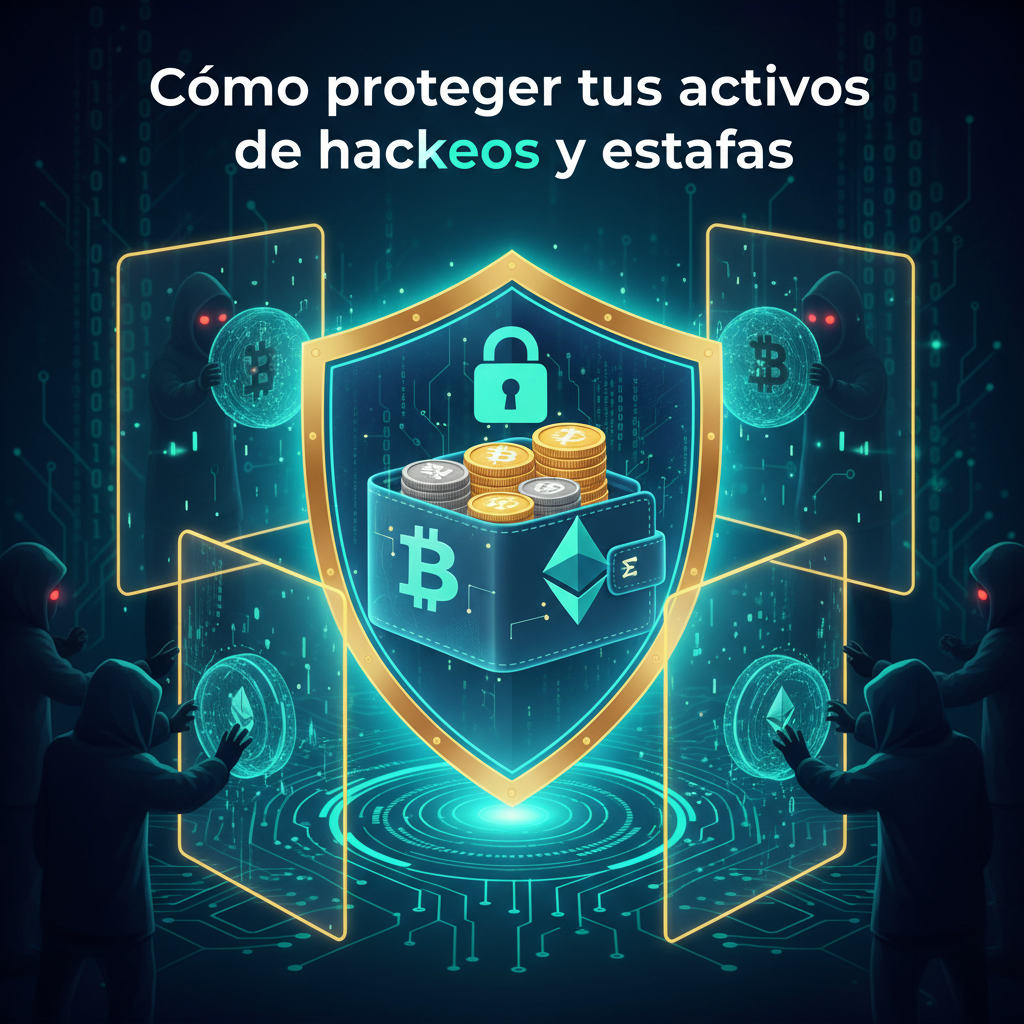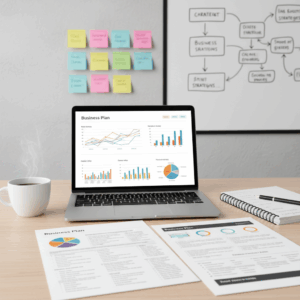Basic principles for protecting crypto assets
Protecting crypto assets requires understanding the importance of keeping private keys secure. These keys provide direct access to your funds, and exposing them puts your assets at risk.
Additionally, spreading your assets across different platforms reduces the risk of losing everything in the event of an attack or vulnerability on any of them. Diversification is key to good protection.
Private key security and asset distribution
Private keys should never be stored digitally in vulnerable locations. This prevents hackers from easily accessing your resources if they compromise a device or account.
Dividing your assets across different wallets or protocols helps mitigate losses, as not all of your funds will be exposed to a single point of failure or attack.
This practice also allows you to better manage risk and react to failures or incidents on any of the platforms where you maintain assets.
Importance of strong passwords and password managers
A strong password should be at least 16 characters long and combine letters, numbers, and symbols to make it difficult to brute-force or guess attacks.
Using password managers ensures that passwords are stored securely and makes them easy to manage without the risk of forgetting or reusing weak passwords.
These tools are essential to maintaining the integrity of your accounts and protecting them from unauthorized access that can lead to theft.
Technologies and methods to strengthen security
Adopting advanced technologies is crucial to protecting crypto assets. Methods such as multi-factor authentication and biometric systems offer an extra layer of defense against unauthorized access.
Additionally, the use of cold storage allows most funds to be kept out of the reach of hackers, significantly increasing protection against digital attacks.
Likewise, professional custody solutions and multi-signature mechanisms provide additional security, especially for large amounts of cryptocurrency and for institutions.
Two-factor authentication and biometric systems
Two-factor authentication (2FA) combines something the user knows with something they have, such as a code generated in an app, to validate access. This makes it difficult for an attacker to break in with just the password.
Biometric systems, which use unique data such as fingerprints or facial recognition, add a higher level of security and convenience, reducing the risk of identity theft.
Implementing these methods across all digital accounts and wallets is an essential practice to strengthen the protection of your crypto assets.
Use of cold storage
Cold storage refers to storing cryptocurrency on devices disconnected from the internet, thus preventing remote attacks and unauthorized access.
This technique is ideal for storing large amounts of data that aren't used continuously, offering a safe haven against malware and hacks common on online devices.
Assets stored in offline wallets remain protected even if the device you use to trade is compromised, making it an essential strategy for users of all skill levels.
Professional and multi-signature custody solutions
Professional custody solutions offer multiple layers of security, combining cold storage, enhanced authentication, and constant monitoring to prevent loss or fraud.
Multi-signature systems require multiple approvals to validate transactions, making it difficult for a single actor to carry out unauthorized transactions and improving risk management.
Benefits of multi-signature custody
This method increases trust and security, working well for teams or institutions, since no one person can move funds without joint consent.
In addition, professional custody reduces management burden, allowing users to focus on their strategies without compromising the security of their assets.
Good practices for maintaining digital hygiene
Maintaining proper digital hygiene is essential to protecting your crypto assets. This includes constantly updating the software you use.
Additionally, limiting access to your devices and accounts ensures that only authorized individuals can interact with your digital funds.
Software update and access restriction
Regularly updating your systems and applications fixes vulnerabilities that attackers could exploit to access your assets.
Access restrictions, such as limiting who can use or modify your devices, reduce the risk of malicious intrusions.
These practices ensure that your tools are protected from failure and maintain strict control over the environment in which you operate.
Avoid unofficial apps and protect against malware
Downloading only official apps reduces the likelihood of installing malware that could steal your passwords or control your devices.
Malware protection using antivirus and firewalls is crucial to detecting and eliminating threats before they cause damage.
Avoid clicking on suspicious links or downloading files from untrusted sources, as these are common vectors for malware attacks.
Fraud education and prevention
Continuing education is key to identifying and avoiding fraud in the crypto world. Knowing the most common tactics allows you to react quickly and protect your assets.
Paying attention to warning signs and staying informed about malicious methods helps reduce your vulnerability to sophisticated attacks and scams.
Recognizing phishing tactics and scams
Phishing and scams often appear as fake messages or sites seeking to steal sensitive information, such as private keys or passwords.
It's critical not to click on dubious links or provide personal information without verifying the authenticity of the sender or platform.
Additionally, it is recommended to use official channels and always confirm URLs and applications before logging in or making transactions.
Third-party reliability verification
Before conducting transactions or sharing data, it is crucial to confirm the reputation and legitimacy of the intermediaries or services involved.
This includes reviewing references, reviews from other users, and verifying certifications or licenses that support your safe activity in the crypto ecosystem.
Taking these steps reduces the likelihood of becoming a victim of fraud and provides greater peace of mind when managing your digital assets.






